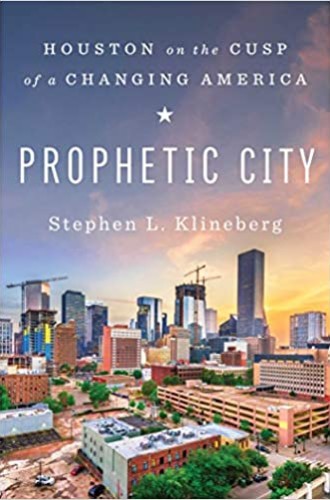Will all American cities soon look like Houston?
Its residents are the most diverse in the US. For decades, sociologist Stephen Klineberg has tracked their views.
I love Houston. I was born there, and I was genuinely grateful to return there after nearly 20 years away. I still get a thrill driving through the middle of the city: the soaring downtown skyline, the expansive bayous, the remarkable restaurant scene, the world-renowned medical center, the well-regarded theater and museum districts. Even with its oppressive humidity, massive mosquitos, never-ending freeways, and constant flooding, most Houstonians I know, whether native or transplant, say the same thing: Houston is the best-kept secret in Texas. So I was more than a bit biased when I opened the pages of sociologist Stephen Klineberg’s book about the city.
I was also confused: Why would anyone outside the city of Houston be interested in reading this book? After all, as Klineberg notes, Houston enjoys a terrible reputation across the United States. It ranks low on nearly every list related to perception and desirability. Even Houstonians agree. Klineberg quotes one resident who commented several years ago on a website meant to promote the city: “If Houston were a dog, she’d be a mutt with three legs, one bad eye, fleas the size of Corn Nuts, and buckteeth. Despite all that, she’d be the best dog you’d ever know.” Houston has always had an image problem.
But Houston holds another interesting title, one that makes this book not only intriguing but useful for non-Houstonians. Houston is the most diverse city in the nation, with no ethnic majority and nearly one in four residents of foreign birth. There is little doubt that this trend will continue to grow—nationally as well as locally. In fact, Klineberg argues that by 2050, all of America will look like Houston.





